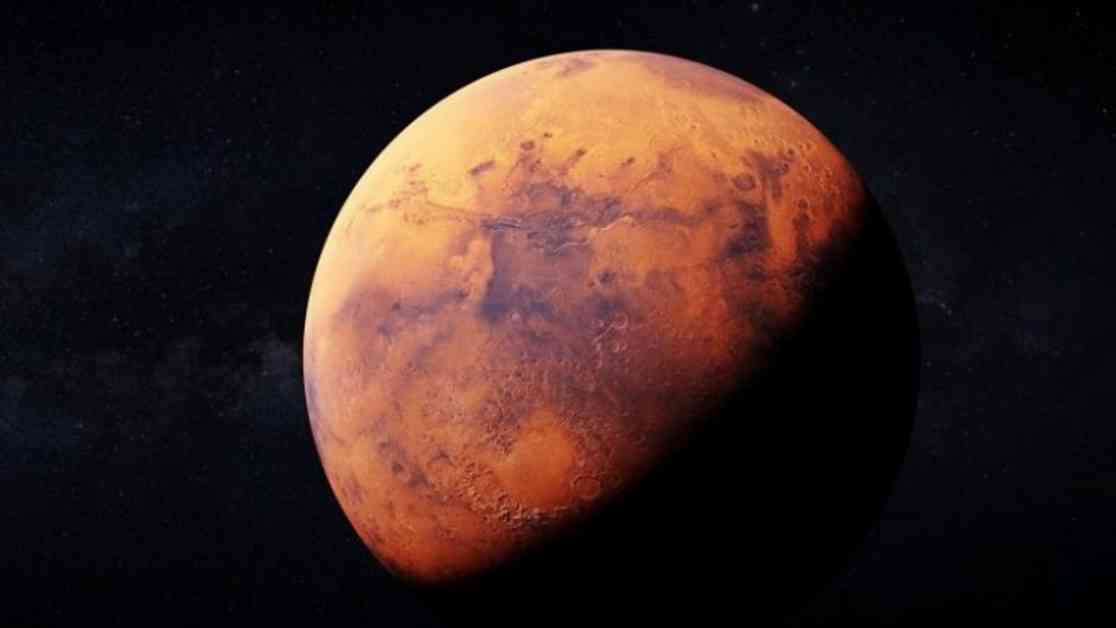Mars is a planet known for its extreme terrain, featuring landmarks like Olympus Mons, the tallest volcano in the solar system, and Valles Marineris, the largest canyon. Recently, a new hypothesis has emerged, suggesting that Mars’ unique shape and landscape could be explained by the presence of a long-lost moon named Nerio.
Astronomer Michael Efroimsky from the US Naval Observatory proposed this idea in a paper submitted to the Journal of Geophysical Research: Planets. According to Efroimsky, Mars may have once had a much larger moon, Nerio, which played a significant role in shaping the planet as we know it today.
The theory suggests that Nerio’s gravitational influence could have caused tidal bulges in Mars’ molten surface, similar to how Earth’s moon affects our oceans. This, combined with the planet’s smaller size and quicker cooling process, could have led to the distorted shape and extreme terrain we see on Mars.
The presence of Nerio could also explain the Tharsis bulge, a massive highland region near Mars’ equator, as well as other highland areas and shield volcanoes on the planet. While Nerio’s fate remains unknown, Efroimsky speculates that it may have been destroyed in a collision or ejected from the solar system due to gravitational interactions.
Despite the intriguing nature of this hypothesis, Efroimsky acknowledges that there is currently a lack of concrete evidence to support it. He encourages other researchers to explore this idea further and search for potential clues that could confirm the existence of this ancient moon.
If Nerio’s influence on Mars is confirmed, it could provide valuable insights into the planet’s evolution and the formation of the solar system as a whole. This new perspective on Mars’ history could deepen our understanding of the Red Planet and shed light on its mysterious past.












